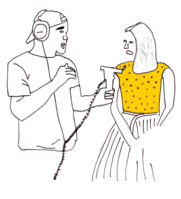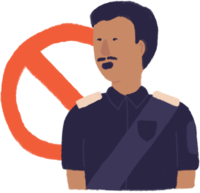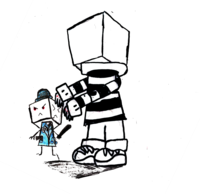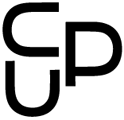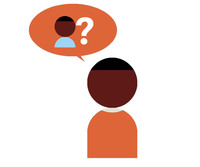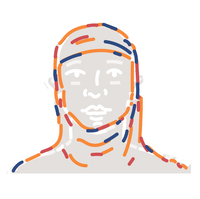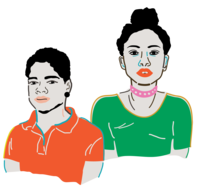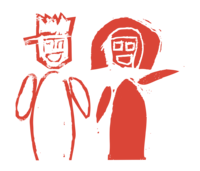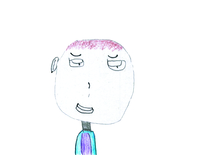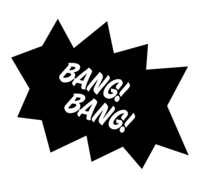Meet The Designer: Arthur Kim
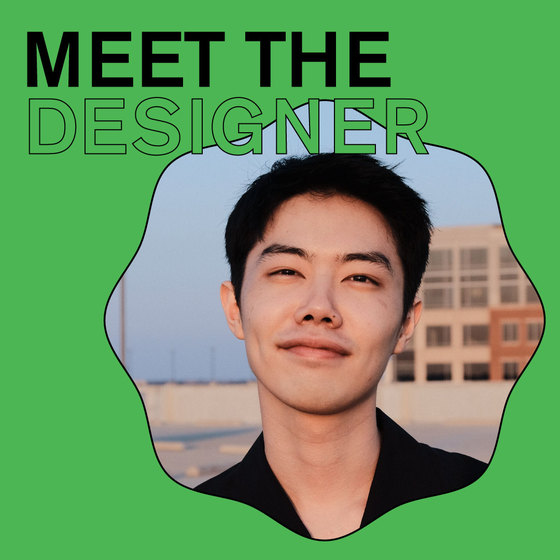
For our latest installment of Meet the Designer, we chatted with designer Arthur Kim! Arthur collaborated with CUP and the Public Utility Law Project to create Trouble With Your Water Bill?, a guide to help New Yorkers claim their rights to access water. Get to know Arthur below!
Can you tell us a little bit more about your art and design practice?
I’m not the master at any particular skill, but I have many. I’m also not sure if I have a set artistic practice, but I like to take a more methodical and disciplined approach when it comes to designing, making sure I’m reeled into the problem at hand and providing the best reasonable answer possible rather than the most outwardly creative one. I excel within a box. I find rules to be exciting challenges rather than limitations.
Tell us about your experience with the Public Access Design Fellowship. What are some takeaways?
The most compelling thing about the PAD Fellowship was the companionship and thoughtfulness of the other fellows. The fact that there were so many other creatives who were willing to learn and design for community engagement speaks to the encouraging future that community-focused design will have.
You also collaborated with CUP and the Public Utility Law Project to create a pocket-sized guide about navigating water utility bills. What was the best part of working on Trouble With Your Water Bill?
I think the most exciting part about working on the project was learning about all the rights that New Yorkers have to access water. Coming from a low-income, first-gen, immigrant background my parents would always consult me with difficult legal documents because I was the only fluent English speaker in my family. As I was designing this project, there were so many times I wished that I had a PAD project for everything in my life.
How did collaborating with CUP impact your work moving forward?
After working with CUP and PULP, I began to think a lot about how to make print work accessible through methods of wayfinding, illustration, and info design. For my day job, I work with digital components where a lot of research is happening for accessibility as well as best practices for UI design. Print design is, in my opinion, a lot more complicated because the possibilities are endless and it’s a lot more creative as a practice. This project really challenged my design skills because it was a constant fight for space – trying to give as much room to the multiple elements on the page but also making the text readable and accessible to all visions. In design school we design within a bubble and we’re taught to experiment and create experiences that can be sometimes difficult to parse and understand for the general public. To be given the opportunity to create impactful life-changing designs really pushed me to make sure that accessible information preceded aesthetic visuals.
What’s a project you’re working on now, outside of CUP, that you’re excited to reveal soon?
I’m not sure if it’ll be released anytime soon, but I’ve been working on drawing a font that’s modeled after Agatha Christie’s old painted book covers.
I first started this project after watching the murder mystery movie, Knives Out. I was mystified by the sharp, yet almost mischievous logotype, wondering if it was a pre-existing typeface – it wasn’t. The designer of the logotype had drawn inspiration from Agatha Christie’s murder mystery covers, and had crafted it for the single purpose of using it for the movie. With the goal of systemizing and digitizing the font, I’ve collected as many samples of the book covers as possible and have been working with mentors from type crit crew, a free type resource for those who want to learn type design, slowly working my way to drawing the letters for Agatha™️, the sharp and deadly typeface.
What’s your secret skill that has nothing to do with your design work?
I am secretly really good at threading eyebrows. I never learned how, I just watched my roommate thread one of my friends’ eyebrows and learned it on the spot.
Arthur Kim is a designer who graduated from RISD in 2019 with a BFA in Graphic Design. While at RISD he did a lot of product design related work but also enjoyed the occasional traditional print work. His work and interests are in mental health, immigration rights, and decolonizing empathetic design.
